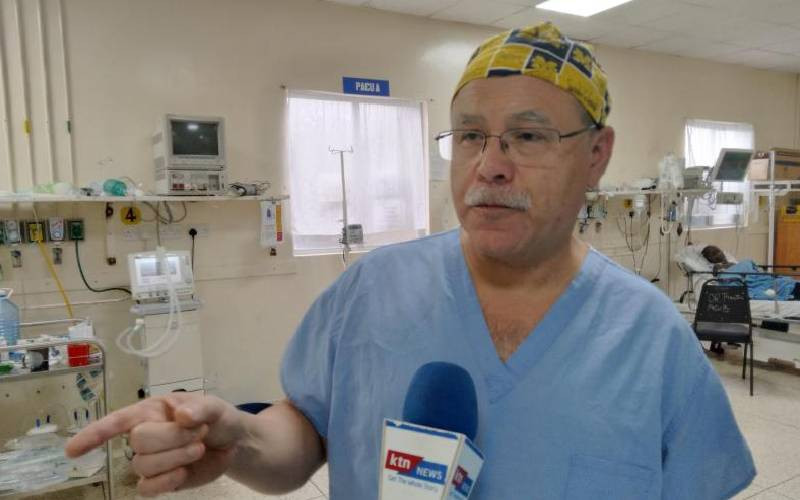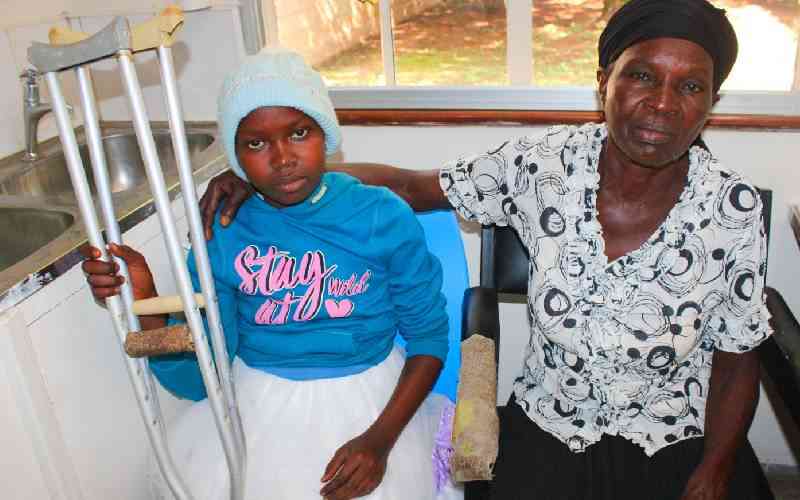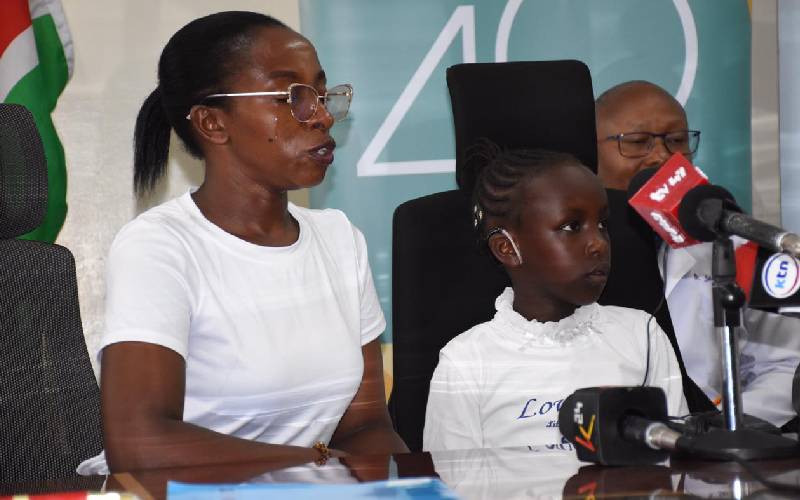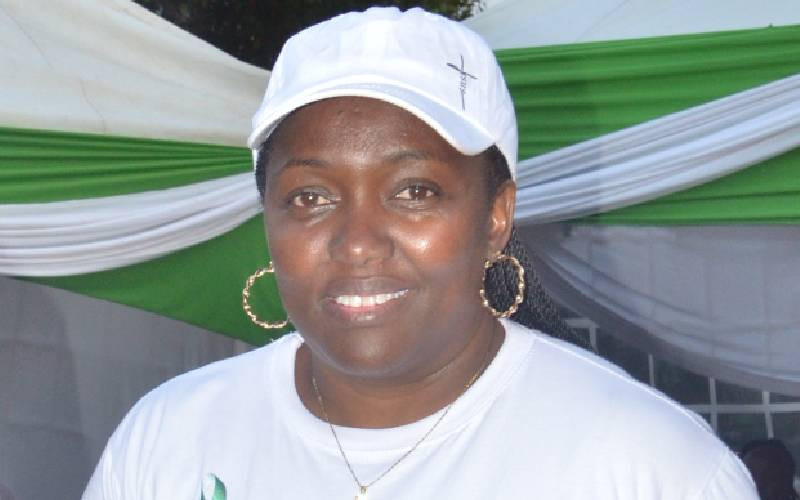
The most common signs and symptoms of broken heart syndrome are angina (chest pain) and shortness of breath. [File, Standard]
The heart, for many years has been thought to be the home of emotions across many cultures. Today, however, we know the heart is not the dwelling place of our emotions. Despite this, the field of medicine is understanding more and more the intimate connection between emotions and their effect on the heart.
For example, we have discovered that grief or fear can cause cardiac injury meaning the heart is sensitive to the emotional system.
Doctors like myself think of the heart as a machine that pumps blood throughout the body and can be manipulated using the tools of modern medicine.
However, we also pay greater attention to the emotional life the heart has been subjected to for years. When most people think of a broken heart, they may picture the drawing of a heart with a jagged line cutting through it, but in reality the lines “when a heart breaks it doesn’t break even” is true.
Indeed, scientific studies show you can die of a broken heart as there are established ties between depression, mental illness and heart disease.
In my cardiology practice, I have met patients with a heart condition, first described in detail by Japanese doctors, called takotsubo cardiomyopathy or “broken heart” syndrome.
Here, the heart acutely weakens in response to extreme stress or grief, like what you might experience after a romantic breakup, the death of a spouse, strong arguments, losing or winning a lot of money, divorce, job loss or financial difficulty or even a surprise party.
Patients (almost always women, for unclear reasons) develop symptoms that mimic those of a heart attack. They may develop chest pain and shortness of breath, even congestive heart failure. It is also possible that unprescribed or illegal stimulants like cocaine may contribute to broken heart syndrome.
This condition is likely to be misdiagnosed as a heart attack because sometimes the symptoms and tests are similar. In fact, all tests show dramatic changes in the rhythm and blood substances that are typical of a heart attack. However, unlike a heart attack, there is usually no evidence of blocked arteries in the broken heart syndrome. In this syndrome, a part of the heart enlarges temporarily and fails to pump as it should, while the rest of it just functions normally or with more forceful contractions.
On an echocardiogram, the heart muscle frequently balloons into a distinctive shape, one that resembles a Japanese octopus-trapping pot with a wide base and a narrow neck called a takotsubo.
The most common signs and symptoms of broken heart syndrome are angina (chest pain) and shortness of breath. You can experience these even without a history of heart disease.
Arrhythmias, or irregular heartbeats and cardiogenic shocks may also occur in people with this syndrome. Cardiogenic shock is when a suddenly weakened heart is unable to pump enough blood to meet the body’s needs and it can be fatal if not treated right away. Other complications may include low blood pressure and a backup of fluids into the lungs.
In as much as connection does not prove relationship; it is certainly possible that stress leads to unhealthy habits — poor nutrition, less physical activity, more smoking — and that this is the real reason for the increased cardiovascular risk. But as with the association of smoking with lung cancer, when so many studies show the same thing, and there are mechanisms to explain a causal relationship, it seems irresponsible to ignore the likelihood that a causal relationship does exist.
At the moment, there are no known treatments for preventing broken heart syndrome, but learning stress management and problem-solving techniques can assist in improving physical and emotional stress.
That said, we have seen a great many success stories regarding cardiovascular health in recent years. We continue to shift to a new paradigm for heart problems, one focused on prevention. In this paradigm, psychosocial factors will need to be front and centre. Treating our hearts optimally will require treating our minds, too.
And with Valentine’s Day now behind us, there are several ways you can do to promote general emotional wellbeing: relaxation techniques like yoga or meditation and taking warm baths, for instance. Depending on the source of your stress, you may consider speaking to someone about it and sharing coping skills with others who have had similar experiences.
Besides a healthy diet, you can also practice regular exercises, getting enough sleep, keeping medical appointments and curbing unhealthy choices like smoking, illicit drug use and alcohol abuse.
Dr Mohsen Gaballa, MD, FESC, FSCAI, is Head of Cardiovascular Department, M.P. Shah Hospital
 The Standard Group Plc is a multi-media organization with investments in media
platforms spanning newspaper print
operations, television, radio broadcasting, digital and online services. The
Standard Group is recognized as a
leading multi-media house in Kenya with a key influence in matters of national
and international interest.
The Standard Group Plc is a multi-media organization with investments in media
platforms spanning newspaper print
operations, television, radio broadcasting, digital and online services. The
Standard Group is recognized as a
leading multi-media house in Kenya with a key influence in matters of national
and international interest.











